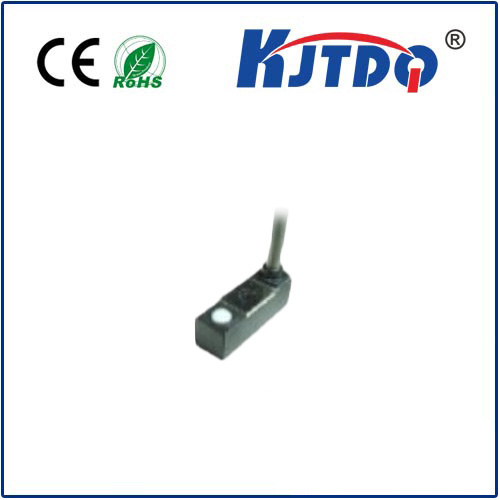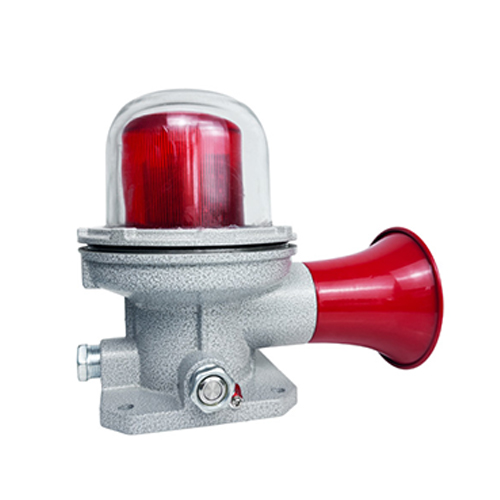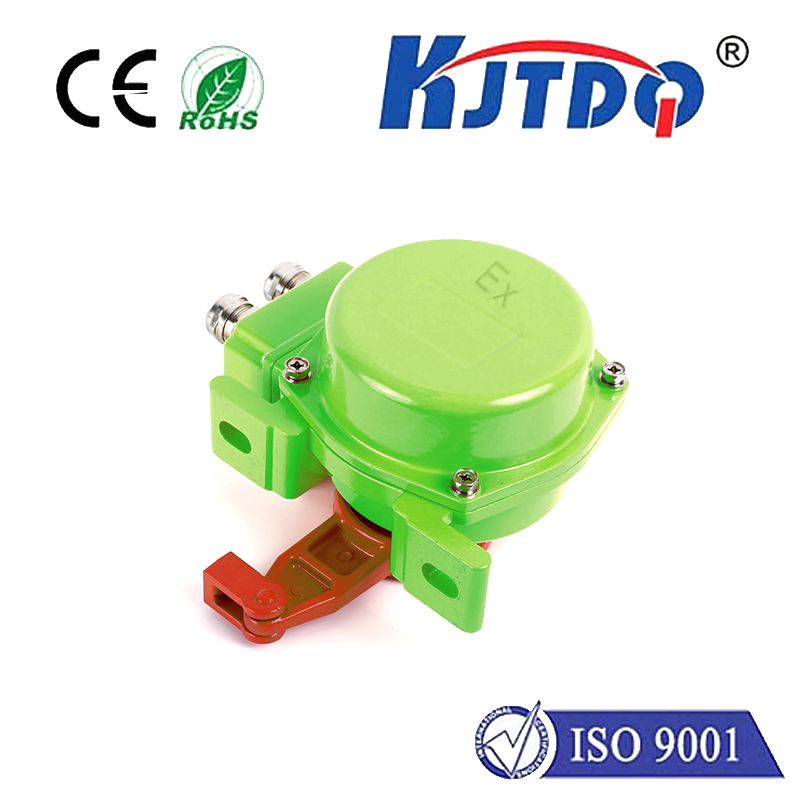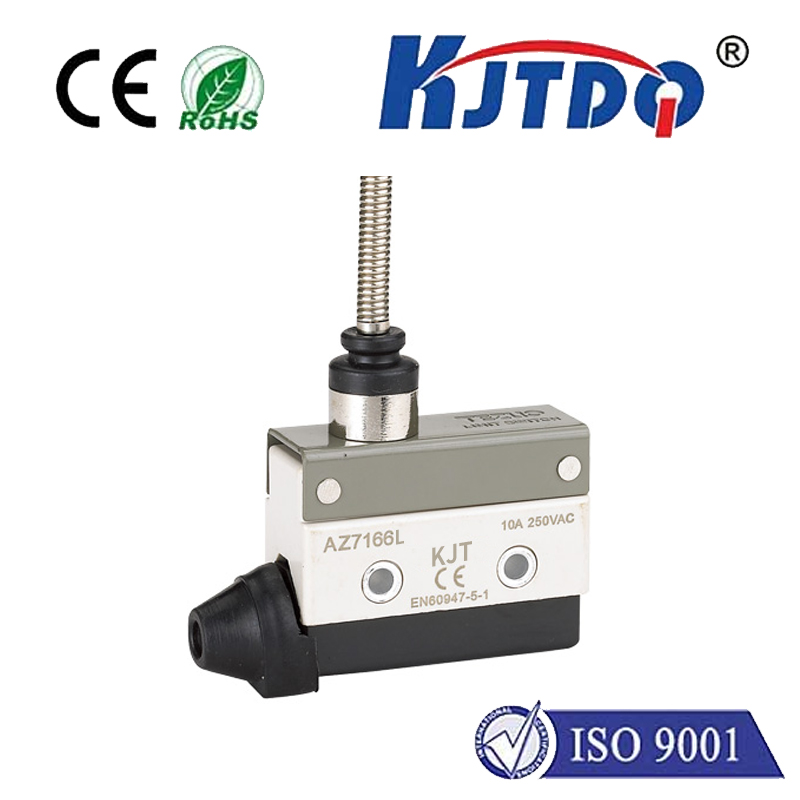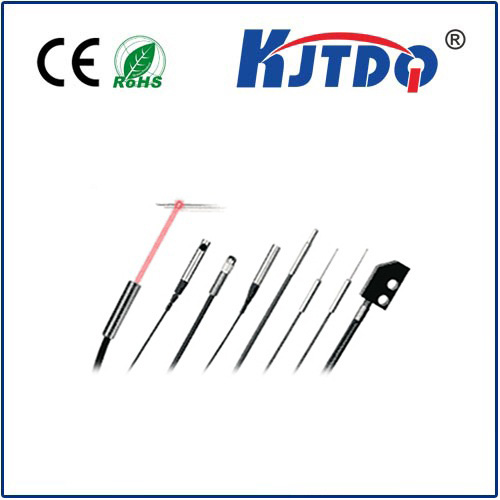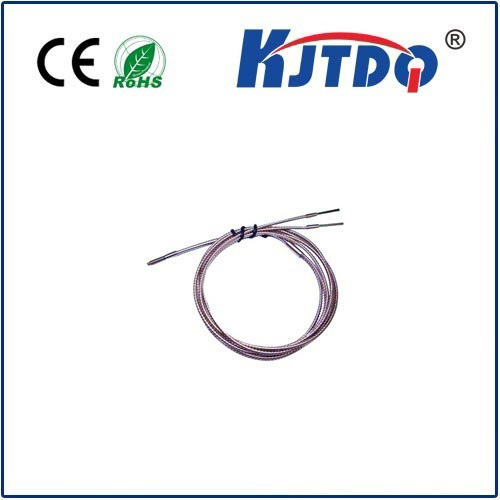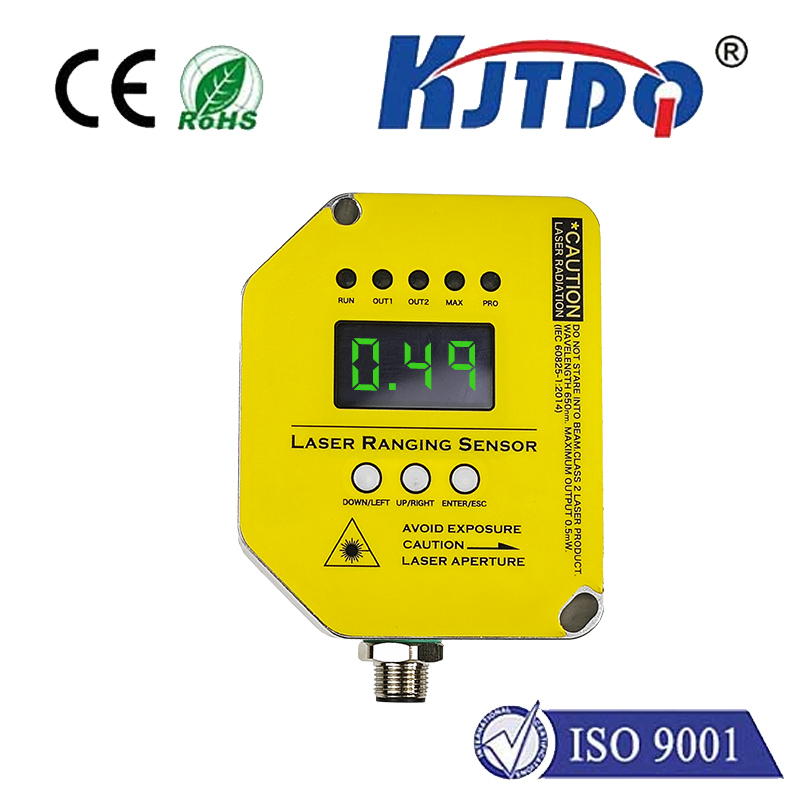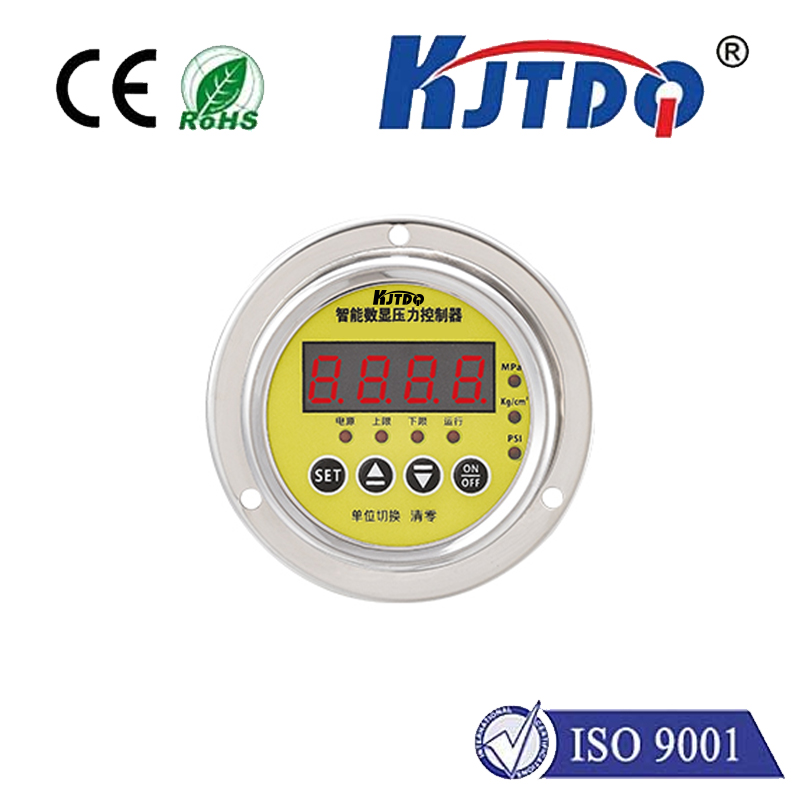optical angle sensor
- time:2025-08-13 14:36:50
- Нажмите:0
Unlocking Precision: The Critical Role of Optical Angle Sensors
How Can We Measure Angles With Unmatched Accuracy in Demanding Environments? The Optical Angle Sensor Delivers.
Imagine a surgical robot maneuvering with micron-level precision during a delicate procedure, an autonomous vehicle navigating complex city streets, or a high-speed manufacturing arm assembling electronics at lightning speed. At the heart of such feats lies a fundamental need: incredibly precise and reliable angle measurement. This is where the optical angle sensor shines. Far surpassing the capabilities of traditional potentiometers or resolvers in many applications, these advanced devices leverage the fundamental properties of light to provide non-contact, high-resolution angular position data critical for modern technology.
Decoding the Light: How Optical Angle Sensors Work
The core principle behind an optical angle sensor is elegantly simple yet scientifically profound: it measures angular displacement or position by analyzing changes in light. Instead of physical contact or magnetic fields, it uses a light source (like an LED or laser diode), a patterned element attached to the rotating shaft or target, and a light-sensitive detector array (often a Photodiode Array, CCD, or CMOS sensor). As the target rotates, the relative position of the pattern changes the light falling onto the detector. The sensor’s onboard electronics then interpret this intricate light pattern, calculating the absolute or relative angle with remarkable precision.

Several sophisticated techniques achieve this:
- Triangulation: A focused light beam is projected onto a reflective target attached to the rotating shaft. As the shaft turns, the reflected beam shifts position on a position-sensitive detector (PSD). The change in the beam’s position directly correlates to the angular displacement. This method is prized for its speed and simplicity in certain configurations.
- Interferometry (e.g., Using Encoders): A fine grating pattern on a disk rotates between a light source and a detector grid. Light passes through or reflects off the gratings, creating interference patterns (like Moiré fringes) as the disk turns. Photodetectors count these light/dark transitions, translating them into precise angular increments (incremental encoders). Absolute versions use complex code patterns to provide a unique position value at any point.
- Imaging/Pattern Recognition: A camera-based sensor captures images of a specific marker or pattern on the rotating object. Advanced image processing algorithms then analyze the pattern’s orientation relative to a reference point within the captured frame to determine the exact angle. This approach offers flexibility but may be computationally intensive.
Why Choose Light? The Compelling Advantages
Optical angle sensors dominate high-performance applications for compelling reasons:
- Exceptional Resolution and Accuracy: By leveraging the short wavelength of light, these sensors can detect minute angular changes – often down to fractions of an arcsecond – far exceeding what most electromechanical sensors can achieve. This ultra-high precision is non-negotiable in fields like semiconductor lithography, astronomy, and metrology.
- Non-Contact Measurement: The fundamental sensing mechanism involves no physical contact between moving parts (except potentially a bearing). This eliminates friction, mechanical wear, and backlash, leading to significantly enhanced long-term reliability, durability, and zero mechanical wear on the sensitive sensing elements. Maintenance costs plummet while operational lifespan soars.
- Immunity to EMI/RFI: Unlike magnetic sensors (resolvers, Hall effect), optical sensors are fundamentally unaffected by electromagnetic interference (EMI) or radio frequency interference (RFI). This makes them indispensable in electrically noisy environments such as industrial motor drives, power generation facilities, and near strong electric motors.
- High Speed: With no moving mechanical contacts to slow them down, optical sensors can track extremely rapid angular velocities and accelerations, essential in high-performance robotics, dynamic test rigs, and aerospace applications.
- Zero Magnetic Signature: For applications in fields like submarine navigation, sensitive scientific instruments, or stealth technology where minimizing magnetic signatures is critical, the inherent non-magnetic nature of optical sensing is a major advantage.
Powering Innovation: Key Application Areas
The unique blend of precision, robustness, and speed makes optical angle sensors indispensable across diverse industries:
- Robotics & Automation: Ensuring precise joint position control in robotic arms (articulated, SCARA, collaborative robots), determining end-of-arm tool orientation, and enabling accurate motion in automated guided vehicles (AGVs) and autonomous mobile robots (AMRs). High accuracy is paramount for tasks like assembly, welding, and quality inspection.
- Industrial Automation & Machinery: Providing critical feedback in servo motors, CNC machine tools (spindle orientation), printing presses, packaging machines, and textile machinery for precise motion control and synchronization. Digital encoders are the lifeblood of modern industrial motion control.
- Воздушно - космические и Оборона: Aircraft flight control surfaces (ailerons, rudders, elevators), helicopter rotor blade tracking, inertial navigation systems (INS), antenna positioning systems, and missile guidance require absolute reliability and precision under extreme conditions.
- Automotive (ADAS & Autonomous Driving): Enabling precise steering wheel angle detection for Electronic Power Steering (EPS) and advanced stability control systems. Critical for the safe operation of Lane Keeping Assist (LKA) and other Advanced Driver Assistance Systems (ADAS), paving the way for autonomous vehicles.
- Medical Technology: Providing sub-micron level positioning in surgical robots, imaging equipment (CT, MRI gantries), and radiation therapy systems where patient safety and treatment accuracy depend on flawless motion control.
- Scientific Research & Metrology: Used in telescopes, satellite tracking systems, microscope stages, and highly accurate rotary stages for calibration and measurement, demanding the highest possible angular precision.
Beyond the Basics: Considering Implementation
While immensely powerful, deploying optical angle sensors requires careful consideration:
- Contamination Sensitivity: Optics and gratings are vulnerable to dust, oil, condensation, or debris. Proper sealing (IP ratings) or using enclosed encoder modules is crucial for harsh environments. Protection is key for longevity.
- Temperature Effects: Extreme temperatures can affect light sources and detectors, potentially requiring temperature compensation mechanisms within high-precision units.
- Mounting Precision: Maintaining accurate alignment between the light source, target pattern, and detector is vital for optimal performance. Some designs are more tolerant than others.
- Cost: High-resolution optical sensors, especially absolute encoders or interferometer-based systems, typically carry a higher initial cost than simpler potentiometers or resolvers, though their performance and longevity often justify the investment through reduced downtime and maintenance.
The Unseen Enabler of Modern Precision
The optical angle sensor is far more than just a component; it is an enabling technology for the precision and automation that define modern industry, transportation, and scientific advancement. By harnessing the power of light, it provides the foundational data for precise control where mechanical or magnetic solutions fall short. As demands for higher speeds, greater accuracy, and more robust operation continue to grow – from the factory floor to the depths of space and inside the human body – the capabilities and applications of the optical angle sensor will only expand, continuing to illuminate the path toward ever greater technological achievement.

